Kohler CV740 User Manual
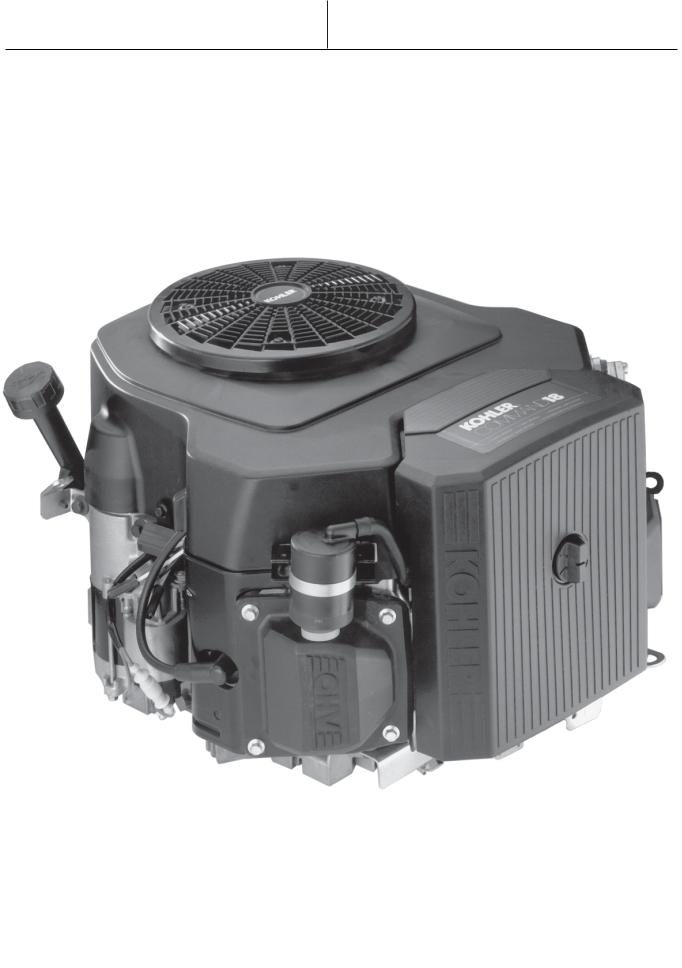
OWNER'S MANUAL
 COMMAND
COMMAND
CV18-CV26, CV620-CV750
VERTICAL CRANKSHAFT
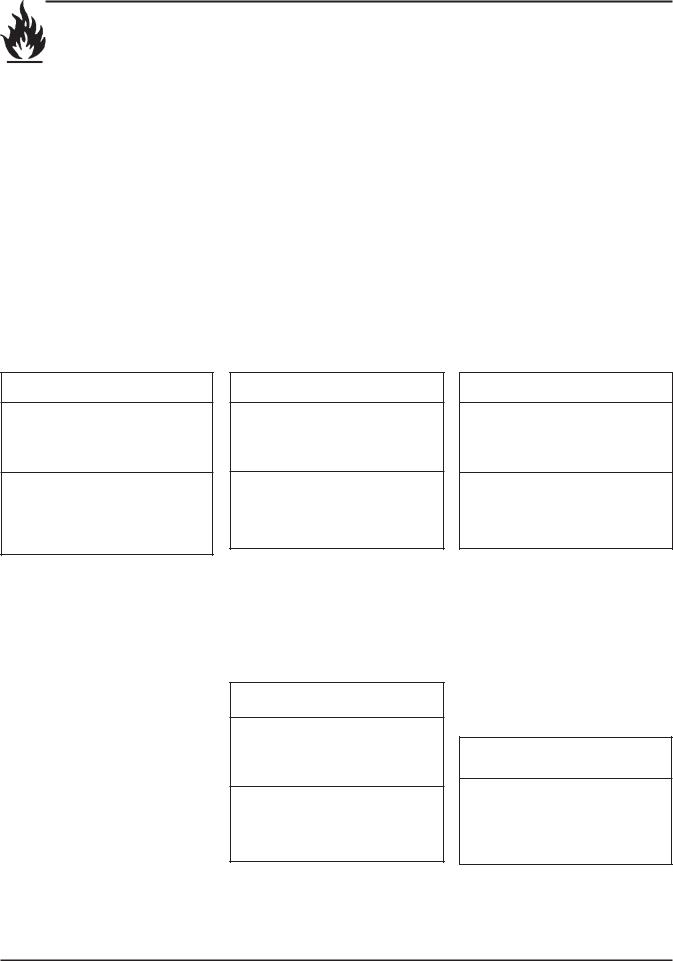
Safety Precautions
To ensure safe operation please read the following statements and understand their meaning. Also refer to your equipment owner's manual for other important safety information. This manual contains safety precautions which are explained below. Please read carefully.
WARNING
Warning is used to indicate the presence of a hazard that can cause severe personal injury, death, or substantial property damage if the warning is ignored.
CAUTION
Caution is used to indicate the presence of a hazard that will or can cause minor personal injury or property damage if the caution is ignored.
NOTE
Note is used to notify people of installation, operation, or maintenance information that is important but not hazard-related.
For Your Safety!
These precautions should be followed at all times. Failure to follow these precautions could result in injury to yourself and others.
 WARNING
WARNING
Explosive Fuel can cause fires and severe burns.
Do not fill the fuel tank while the engine is hot or running.
Explosive Fuel!
Gasoline is extremely flammable and its vapors can explode if ignited. Store gasoline only in approved containers, in well ventilated, unoccupied buildings, away from sparks or flames. Do not fill the fuel tank while the engine is hot or running, since spilled fuel could ignite if it comes in contact with hot parts or sparks from ignition. Do not start the engine near spilled fuel. Never use gasoline as a cleaning agent.
 WARNING
WARNING
Rotating Parts can cause severe injury.
Stay away while engine is in operation.
Rotating Parts!
Keep hands, feet, hair, and clothing away from all moving parts to prevent injury. Never operate the engine with covers, shrouds, or guards removed.
 WARNING
WARNING
Hot Parts can cause severe burns.
Do not touch engine while operating or just after stopping.
Hot Parts!
Engine components can get extremely hot from operation. To prevent severe burns, do not touch these areas while the engine is running, or immediately after it is turned off. Never operate the engine with heat shields or guards removed.
 CAUTION
CAUTION
Electrical Shock can cause injury.
Do not touch wires while engine is running.
Electrical Shock!
Never touch electrical wires or components while the engine is running. They can be sources of electrical shock.
California
Proposition 65 Warning
Engine exhaust from this product contains chemicals known to the State of California to cause cancer, birth defects, or other reproductive harm.
2
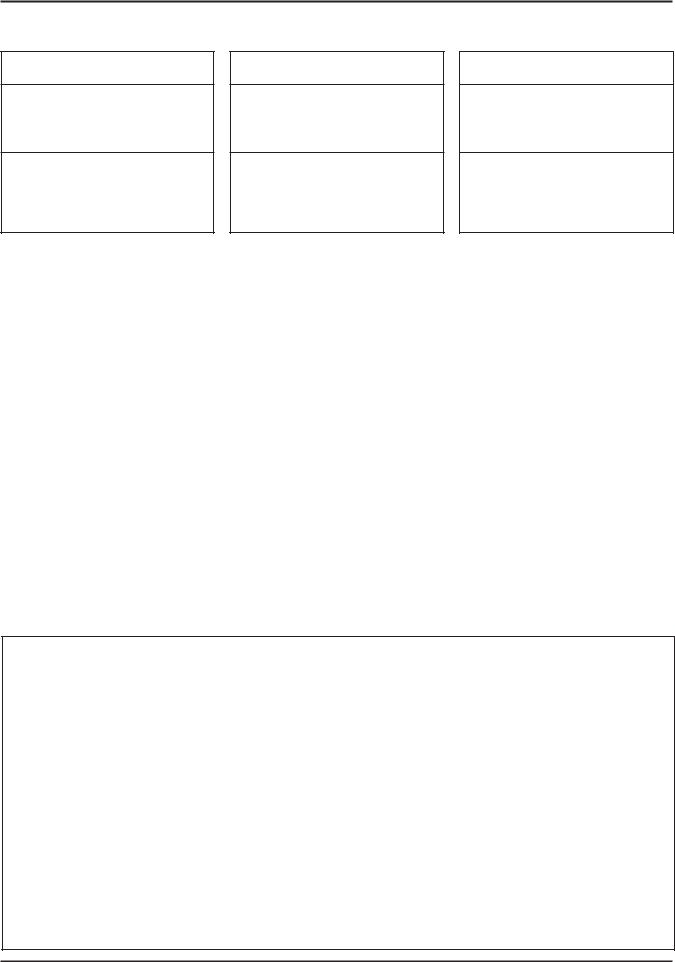
 WARNING
WARNING
Accidental Starts can cause severe injury or death.
Disconnect and ground spark plug leads before servicing.
Accidental Starts!
Disabling engine. Accidental starting can cause severe injury or death.
Before working on the engine or equipment, disable the engine as follows: 1) Disconnect the spark plug lead(s). 2) Disconnect negative (-) battery cable from battery.
Safety Precautions (Cont.)
 WARNING
WARNING
Carbon Monoxide can cause severe nausea, fainting or death.
Avoid inhaling exhaust fumes, and never run the engine in a closed building or confined area.
Lethal Exhaust Gases!
Engine exhaust gases contain poisonous carbon monoxide. Carbon monoxide is odorless, colorless, and can cause death if inhaled. Avoid inhaling exhaust fumes, and never run the engine in a closed building or confined area.
 WARNING
WARNING
Explosive Gas can cause fires and severe acid burns.
Charge battery only in a well ventilated area. Keep sources of ignition away.
Explosive Gas!
Batteries produce explosive hydrogen gas while being charged. To prevent a fire or explosion, charge batteries only in well ventilated areas. Keep sparks, open flames, and other sources of ignition away from the battery at all times. Keep batteries out of the reach of children. Remove all jewelry when servicing batteries.
Before disconnecting the negative
(-) ground cable, make sure all switches are OFF. If ON, a spark will occur at the ground cable terminal which could cause an explosion if hydrogen gas or gasoline vapors are present.
Congratulations – You have selected a fine four-cycle, twin cylinder, air-cooled engine. Kohler designs long life strength and on-the-job durability into each engine...making a Kohler engine dependable...dependability you can count on. Here are some reasons why:
•Efficient overhead valve design, and pressure lubrication provide maximum power, torque, and reliability under all operating conditions.
•Dependable, maintenance-free electronic ignition ensures fast, easy starts time after time.
•Kohler engines are easy to service. All routine service areas (like the dipstick and oil fill, air cleaner, spark plugs, and carburetor) are easily and quickly accessible.
•Parts subject to the most wear and tear (like the cylinder liner and camshaft) are made from precision formulated cast iron.
•Every Kohler engine is backed by a worldwide network of over 10,000 distributors and dealers. Service support is just a phone call away. Call 1-800-544-2444 (U.S. & Canada) for Sales & Service assistance.
To keep your engine in top operating condition, follow the maintenance procedures in this manual.
3
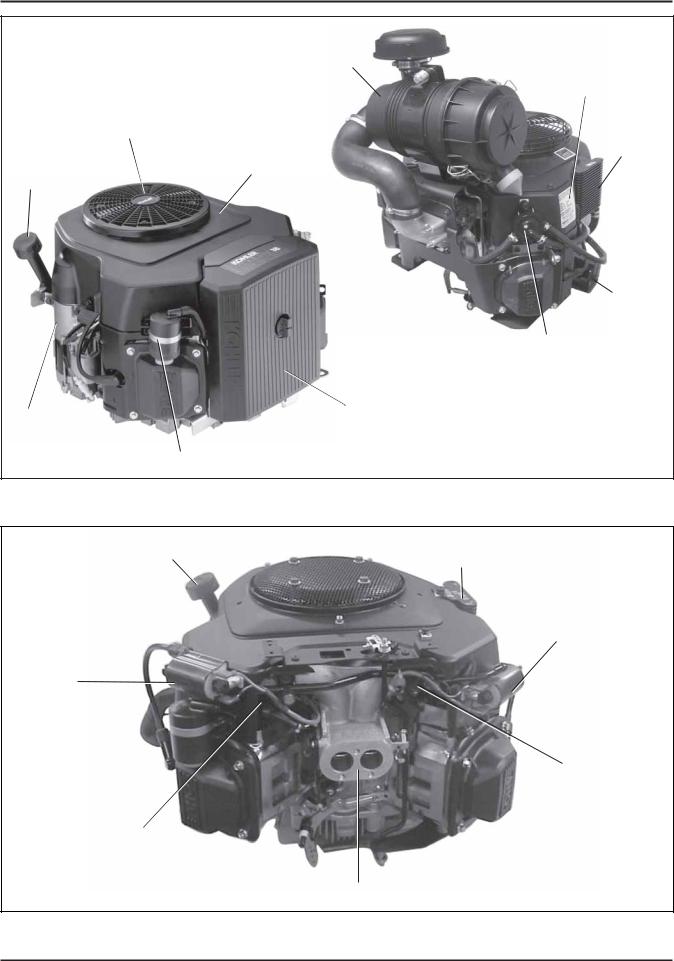
Air Cleaner |
Engine |
|
Identification |
|
Label |
Air |
|
Intake |
|
Screen |
Oil |
Oil Fill/ |
Blower |
Cooler |
Housing |
|
|
Dipstick |
|
|
Oil
Filter
Fuel
Pump
Air Cleaner Cover
Electric
Starter
Breather Oil Separator
Figure 1. Typical Command Vertical Shaft Carbureted Engine.
Oil Fill/Dipstick |
Oil Cooler |
|
|
|
Ignition Coil |
Ignition |
|
Coil |
|
|
Fuel |
|
Injector |
Fuel |
|
Injector |
|
|
Throttle Body Intake Manifold |
Figure 2. Typical Command Vertical Shaft EFI Engine.
4
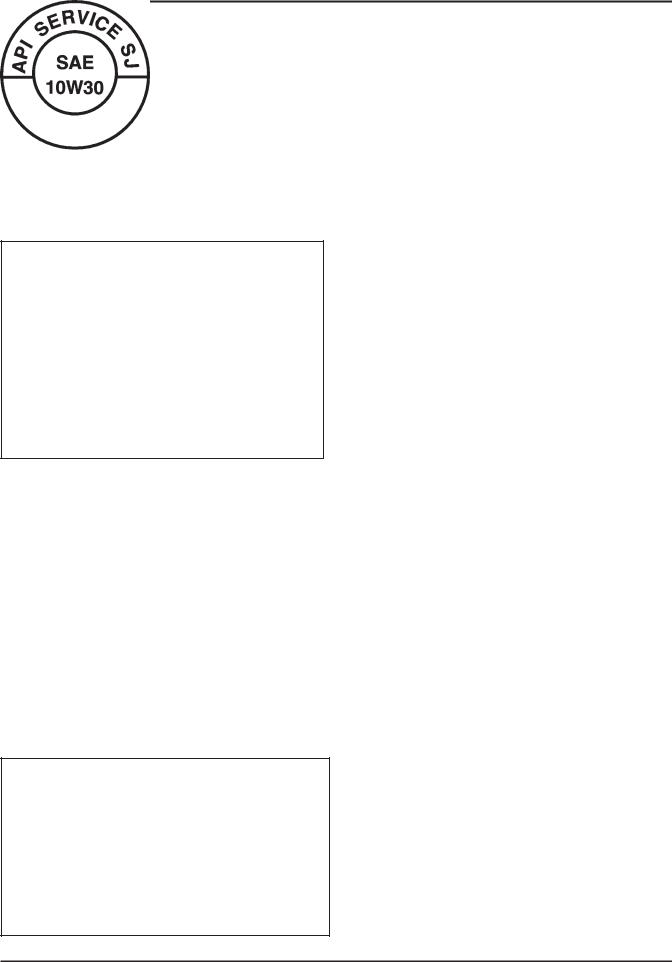
Oil Recommendations
Using the proper type and weight of oil in the crankcase is extremely important. So is checking oil daily and changing oil regularly. Failure to use the correct oil, or using dirty oil, causes premature engine wear and failure.
Oil Type
Use high quality detergent oil of API (American Petroleum Institute) service class SG, SH, SJ or higher. Select the viscosity based on the air temperature at the time of operation as shown in the following table.
*Use of synthetic oil having 5W-20 or 5W-30 rating is acceptable, up to 4°C (40°F).
**Synthetic oils will provide better starting in extreme cold below -23°C (-10°F).
Figure 3. Viscosity Grades Table.
NOTE: Using other than service class SG, SH, SJ or higher oil or extending oil change intervals longer than recommended can cause engine damage.
NOTE: Synthetic oils meeting the listed classifications may be used with oil changes performed at the recommended intervals. However to allow piston rings to properly seat, a new or rebuilt engine should be operated for at least 50 hours using standard petroleum based oil before switching to synthetic oil.
A logo or symbol on oil containers identifies the API service class and SAE viscosity grade. See Figure 4.
Figure 4. Oil Container Logo.
Refer to Maintenance Instructions beginning on page 8 for detailed oil check, oil change, and oil filter change procedures.
Fuel Recommendations
WARNING: Explosive Fuel!
Gasoline is extremely flammable and its vapors can explode if ignited. Store gasoline only in approved containers, in well ventilated, unoccupied buildings, away from sparks or flames. Do not fill the fuel tank while the engine is hot or running, since spilled fuel could ignite if it comes in contact with hot parts or sparks from ignition. Do not start the engine near spilled fuel. Never use gasoline as a cleaning agent.
General Recommendations
Purchase gasoline in small quantities and store in clean, approved containers. A container with a capacity of 2 gallons or less with a pouring spout is recommended. Such a container is easier to handle and helps eliminate spillage during refueling.
Do not use gasoline left over from the previous season, to minimize gum deposits in your fuel system and to ensure easy starting.
Do not add oil to the gasoline.
Do not overfill the fuel tank. Leave room for the fuel to expand.
Fuel Type
For best results use only clean, fresh, unleaded gasoline with the pump sticker octane rating of 87 or higher. In countries using the Research method, it should be 90 octane minimum.
Unleaded gasoline is recommended as it leaves less combustion chamber deposits and reduces harmful exhaust emissions. Leaded gasoline is not recommended and must not be used on EFI engines, or on other models where exhaust emissions are regulated.
Gasoline/Alcohol blends
Gasohol (up to 10% ethyl alcohol, 90% unleaded gasoline by volume) is approved as a fuel for Kohler engines. Other gasoline/alcohol blends including E20 and E85 are not to be used and not approved. Any failures resulting from use of these fuels will not be warranted.
Gasoline/Ether blends
Methyl Tertiary Butyl Ether (MTBE) and unleaded gasoline blends (up to a maximum of 15% MTBE by volume) are approved as a fuel for Kohler engine. Other gasoline/ether blends are not approved.
5
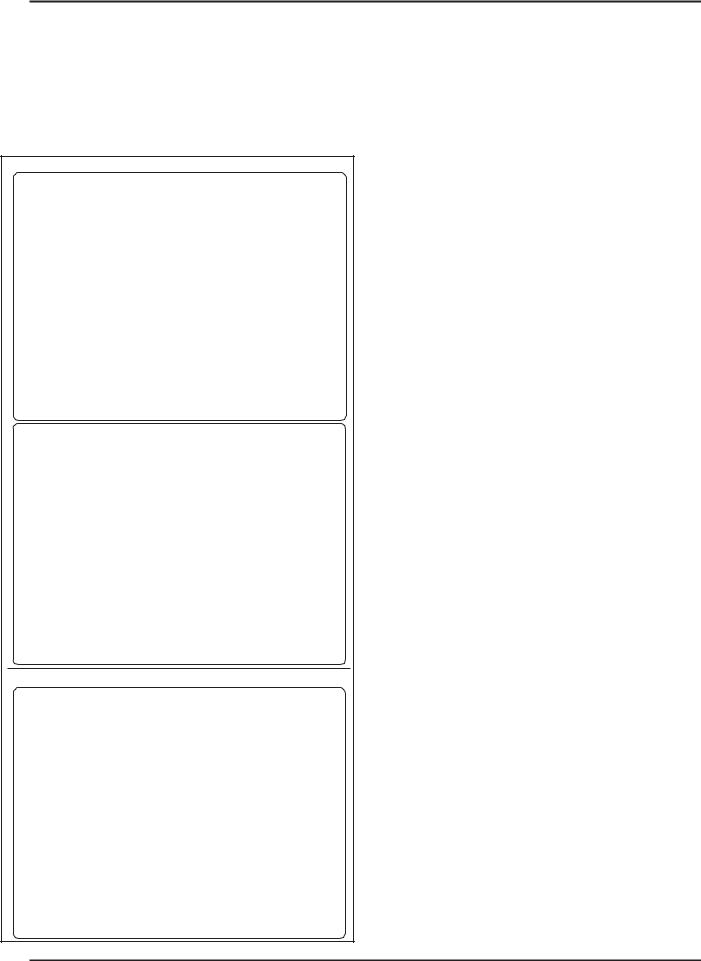
Engine Identification Numbers
When ordering parts, or in any communication involving an engine, always give the Model, Specification, and Serial Numbers of the engine.
The engine identification numbers appear on a decal (or decals) affixed to the engine shrouding. Include letter suffixes, if there are any. Record your engine identification numbers on the identification label below (Figure 5) for future reference.
For Models CV18-CV745
IMPORTANT ENGINE INFORMATION
THIS ENGINE MEETS U.S. EPA PH2 AND EC STAGE II (SN:4) EMISSION REGS FOR SI SORE NOT FOR SALE IN CALIFORNIA UNLESS PREEMPT PER SEC. 209(e)(1) of CAA
FAMILY TYPE APP
DISPL (CC)
MODEL NO. N11236
SPEC. NO.
SERIAL NO.
BUILD DATE
OEM PROD. NO.
EMISSION COMPLIANCE PERIOD: EPA:
CERTIFIED ON:
REFER TO OWNER'S MANUAL FOR HP RATING, SAFETY, MAINTENANCE AND ADJUSTMENTS
1-800-544-2444 KohlerEngines.com
KOHLER CO. KOHLER, WISCONSIN USA
IMPORTANT ENGINE INFORMATION
THIS ENGINE MEETS U.S. EPA PH2, EC STAGE II (SN:4) AND CA 2008 AND LATER EXH EMISSION REGS FOR SI SORE
FAMILY TYPE APP DISPL (CC)
MODEL NO.
SPEC. NO. N11236
SERIAL NO.
BUILD DATE
OEM PROD. NO.
EMISSION COMPLIANCE PERIOD: EPA: CARB: CERTIFIED ON:
REFER TO OWNER'S MANUAL FOR HP RATING, SAFETY, MAINTENANCE AND ADJUSTMENTS
1-800-544-2444 KohlerEngines.com
KOHLER CO. KOHLER, WISCONSIN USA
For Model CV750
IMPORTANT ENGINE INFORMATION
THIS ENGINE MEETS EMISSION REGS FOR U.S. EPA 2005 AND LATER AND EC STAGE II (SN:4) SI SMALL OFF-ROAD ENGINES
AND CA 2005 AND LATER LSI ENGINES
FAMILY TYPE APP DISPL (CC)
MODEL NO.
SPEC. NO. N11236
SERIAL NO.
BUILD DATE
OEM PROD. NO.
EMISSION COMPLIANCE PERIOD: EPA:
CERTIFIED ON:
REFER TO OWNER'S MANUAL FOR HP RATING, SAFETY, MAINTENANCE AND ADJUSTMENTS
1-800-544-2444 KohlerEngines.com
KOHLER CO. KOHLER, WISCONSIN USA
Figure 5. Engine Identification Label.
The Emission Compliance Period referred to on the Emission Control or Air Index label indicates the number of operating hours for which the engine has been shown to meet Federal and CARB emission requirements. The following table provides the Engine Compliance Period (in hours) associated with the category descriptor found on the certification label.
Emission Compliance Period (Hours)
EPA |
Category C |
Category B |
Category A |
|
250 hours |
500 hours |
1000 hours |
||
|
||||
CARB |
Moderate |
Intermediate |
Extended |
|
125 hours |
250 hours |
500* hours |
||
|
||||
|
|
|
|
*Extended hours for Model CV750 is 1000.
Refer to certification label for engine displacement.
Exhaust Emission Control System for models CV18/ CV620, CV20/CV640, CV23/CV680, CV675, CV730, CV740, CV750 is EM. Exhaust Emission Control System for models CV26/CV735 and CV745 are EM, O2S, ECM, MFI.
Model Designation
Model CV20S for example: C designates Command engine, V designates vertical crankshaft, and 20 designates horsepower. Some model numbers (CV675) use a numerical designation rather than horsepower. A letter suffix designates a specific version as follows:
Suffix |
Designates |
S |
Electric Start |
ST |
Electric/Retractable Start |
Operating Instructions
Also read the operating instructions of the equipment this engine powers.
Pre-Start Checklist
•Check oil level. Add oil if low. Do not overfill.
•Check fuel level. Add fuel if low.
•Check cooling air intake areas and external surfaces of engine. Make sure they are clean and unobstructed.
•Check that the air cleaner components and all shrouds, equipment covers, and guards are in place and securely fastened.
•Check that any clutches or transmissions are disengaged or placed in neutral. This is especially important on equipment with hydrostatic drive. The shift lever must be exactly in neutral to prevent resistance which could keep the engine from starting.
6

 WARNING: Lethal Exhaust Gases!
WARNING: Lethal Exhaust Gases!
Engine exhaust gases contain poisonous carbon monoxide. Carbon monoxide is odorless, colorless, and can cause death if inhaled. Avoid inhaling exhaust fumes, and never run the engine in a closed buildingor confined area.
Cold Weather Starting Hints
1.Be sure to use the proper oil for the temperature expected. See Figure 3 on page 5.
2.Declutch all possible external loads.
3.Be sure the battery is in good condition. A warm battery has much more starting capacity than a cold battery.
4.Use fresh winter grade fuel. NOTE: Winter grade gasoline has higher volatility to improve starting. Do not use gasoline left over from summer.
Starting
1.Place the throttle control midway between the slow and fast positions. Place the choke control (non-EFI engines only) into the on position.
2.Start the engine by activating the key switch. Release the switch as soon as the engine starts.
EFI Engines Only – Initial Starting or After Running out of Fuel (Dry System).
a.Turn the key switch to the on position for one minute. Allow the fuel pump to cycle and prime the system. Turn the key switch off.
b.Turn the key switch to the start position, crank and start engine.
c.If the engine fails to start, repeat steps a and b. If the engine does not start after two priming intervals, contact your Kohler Engine Service Dealer for further assistance.
NOTE: Do not crank the engine continuously for more than 10 seconds at a time. If the engine does not start, allow a 60 second cool down period between starting attempts. Failure to follow these guidelines can burn out the starter motor.
NOTE: Upon start-up, a metallic ticking may occur. This is caused by hydraulic lifter leakdown during storage. Run the engine for 5 minutes. The noise will normally cease in the first minute. If
noise continues, run the engine at midthrottle for 20 minutes. If noise persists, take the engine to your local Kohler Service outlet.
NOTE: If the engine develops sufficient speed to disengage the starter but does not keep running (a false start), engine rotation must be allowed to come to a complete stop before attempting to restart the engine. If the starter is engaged while the flywheel is rotating, the starter pinion and flywheel ring gear may clash, resulting in damage to the starter.
If the starter does not turn the engine over, shut off starter immediately. Do not make further attempts to start the engine until the condition is corrected. Do not jump start using another battery (refer to Battery). See your Kohler Engine Service Dealer for service assistance.
Carbureted Engines Only:
3.For a Cold Engine – Gradually return the choke control to the off position after the engine starts and warms up.
The engine/equipment may be operated during the warm-up period, but it may be necessary to leave the choke partially on until the engine warms up.
4.For a Warm Engine – Return choke to off position as soon as engine starts.
Stopping
1.Remove the load by disengaging all PTO driven attachments.
2.For Carbureted Engines Without A Shutdown Solenoid: Move the throttle to the slow or low idle position. Allow the engine to run at idle for 30-60 seconds; then stop the engine.
For Carbureted Engines Equipped With A Shutdown Solenoid: Position the throttle control between half and full throttle; then stop the engine.
For EFI Engines: Move the throttle to the slow or idle position; turn key off to stop engine.
Battery
A 12 volt battery is normally used. Refer to the operating instructions of the equipment this engine powers for specific battery requirements.
7

If the battery charge is not sufficient to crank the engine, recharge the battery (see page 14).
Operating
Angle of Operation
This engine will operate continuously at angles up to 25°. Check oil level to assure crankcase oil level is at the “FULL” mark on the dipstick.
Refer to the operating instructions of the equipment this engine powers. Because of equipment design or application, there may be more stringent restrictions regarding the angle of operation.
NOTE: Do not operate this engine continuously at angles exceeding 25° in any direction. Engine damage could result from insufficient lubrication.
Cooling
NOTE: If debris builds up on the grass screen or other cooling areas, stop the engine immediately and clean. Operating the engine with blocked or dirty air intake and cooling areas can cause extensive damage due to overheating. See Clean Air Intake/Cooling Area, page 13.
WARNING: Hot Parts!
Engine components can get extremely hot from operation. To prevent severe burns, do not touch these areas while the engine is running, or immediately after it is turned off. Never operate the engine with heat shields or guards removed.
Engine Speed
NOTE: Do not tamper with the governor setting to increase the maximum engine speed. Overspeed is hazardous and will void the engine warranty. The maximum allowable high idle speed for these engines is 3750 RPM, no load.
Maintenance Instructions
Maintenance, repair, or replacement of the emission control devices and systems, which are being done at the customers expense, may be performed by any non-road engine repair establishment or individual. Warranty repairs must be performed by an authorized Kohler service outlet.
WARNING: Accidental Starts!
Disabling engine. Accidental starting can cause severe injury or death. Before working on the engine or equipment, disable the engine as follows: 1) Disconnect the spark plug lead(s). 2) Disconnect negative (-) battery cable from battery.
Maintenance Schedule
These required maintenance procedures should be performed at the frequency stated in the table. They should also be included as part of any seasonal tune-up.
Frequency |
Maintenance Required |
||
Daily Or Before |
• |
Fill fuel tank. |
|
• |
Check oil level. |
||
Starting Engine |
• |
Check air cleaner for dirty1, loose, or damaged parts. |
|
|
• Check air intake and cooling areas, clean as necessary1. |
||
Every 25 Hours |
• |
Service precleaner element1. |
|
|
• Replace air cleaner element1. |
||
Every 100 Hours |
• Change oil (more frequently under severe conditions). |
||
• Remove cooling shrouds and clean cooling areas1,3. |
|||
|
|||
|
• Check oil cooler fins, clean as necessary (if equipped). |
||
Every 200 Hours |
• |
Change oil filter. |
|
• |
Check spark plug condition and gap. |
||
|
• Replace fuel filter (Carbureted engines). |
||
Every 250 Hours |
• |
Replace heavy-duty air cleaner element and check inner element1. |
|
Annually or |
• |
Have bendix starter drive serviced 2. |
|
Every 500 Hours |
• |
Have solenoid shift starter disassembled and cleaned 2. |
|
Every 1500 Hours |
• |
Replace fuel filter1 (EFI engines). |
|
1Perform these maintenance procedures more frequently under extremely dusty, dirty conditions.
2Only required for Denso starters. Not necessary on Delco starters. Have a Kohler Engine Service Dealer perform these services. 3Cleanout kits 25 755 20-S (black) or 25 755 21-S (gold) allow cooling areas to be cleaned without removing shrouds.
8
